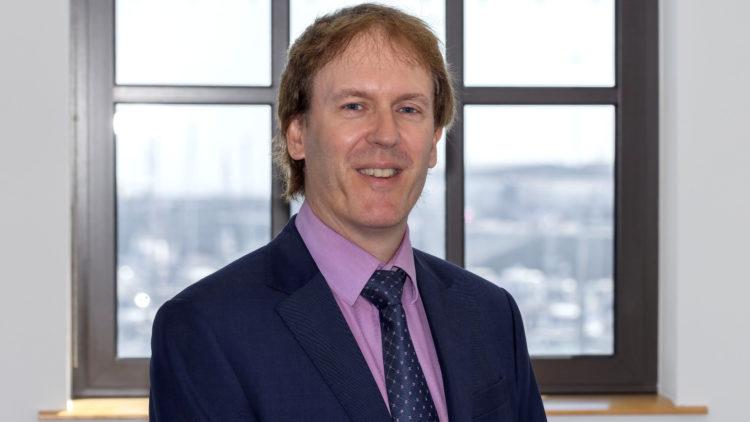Guernsey’s latest quarterly population, employment and earnings statistics have been published.
The key features of the report are:
- On 30th June 2022, Guernsey’s population was 63,950.
- The population increased by 0.8% (487 people) over the year ending 30th June 2022. Over the years ending 30th June 2019, 2020 and 2021, the annual changes were 0.6%, 0.0 and 0.8% respectively.
- There was a natural decrease of 97 people and net migration of 584 people over the year ending 30th June 2022.
- In December 2022, 31,309 people were employed or self-employed in Guernsey, 0.1% more than at the end of December 2021.
- In December 2022, the median earnings of employees was 5.7% higher in nominal terms and 1.4% lower in real terms than a year earlier.
- The percentage of the workforce registered wholly unemployed was 0.9% on 1st April 2023.
Richard Hemans (pictured), the Institute of Directors Guernsey’s lead on economics, commented: “The bulletin offers some fascinating insights into many of the short-term and long-term trends that are affecting the island’s economic position and prospects, which are both positive and negative.
“Guernsey’s population increased by nearly 1%, reaching a total of just under 64,000. This underlines the attractiveness of the island as a place to live and work, with the island’s stable economy and strong employment market acting as magnets. The island is both appealing and open to qualified migrants, with all of the population increase driven by net migration. However, changes in the existing population are dragging down growth, with deaths exceeding births again as the population ages and the birth rate declines.
“Indeed the island’s dependency ratio continues to deteriorate with those over 65 growing faster than those under 65. The dependency ratio has reached 63.6%, which is a decline of 0.5% over three years. Whilst that may not sound significant it has a subtle, cumulative effect and the long-term impact will be detrimental if the ratio does not stabilise. Put simply, we need more economically active people to live in the island.
“Employment growth remains subdued and the level of employment is still below COVID levels – in spite of the increase in the population. The percentage of the ‘economically active’ population in work has actually fallen by 1% since COVID. This could be caused by factors such as long-term sickness or lifestyle changes, but increasing labour market participation is fundamental for our long-term economic health. Conversely, it is encouraging to see the growth in the number of self-employed people, which indicates an independent, dynamic and resourceful element of the workforce. This group needs to be nurtured as a driver of growth and should not be disadvantaged by the tax system as they are now.
“The labour market seems to be very tight still, with the unemployment rate at multi-year lows and strong nominal wage growth. However, there are some signs of softening with the number of vacancies falling sharply.
“The return to employment growth in the island’s most important sector, Finance, after many successive quarters of decline, is very pleasing and indicates that overall economic growth is likely to be strong. Employment in more key sectors is growing rather than declining, particularly in Finance’s support sectors such as professional, business and administrative activities.
“Nominal wage growth has accelerated to 5.7% given the tightness in the labour market, but this was still not enough to compensate employees for the impact of inflation. Real earnings declined by 1.4%, which effectively means that the broader workforce’s standard of living has weakened further over the last twelve months. Whilst the fall is not as significant as the UK or Jersey, this decline in real earnings, along with higher interest rates and a rising tax burden, will have an impact on consumer spending and the housing market.”














